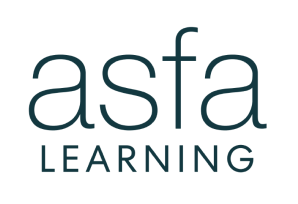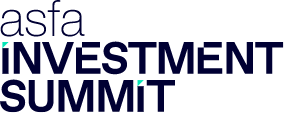29 November 2017
Misleading super myths exposed
Association of Superannuation Funds of Australia (ASFA) CEO Dr Martin Fahy today released a new Mythbusters paper, putting paid to some common and erroneous misconceptions associated with superannuation.
Myth 1 – Super is not getting people off the age pension
Dr Fahy said the take-up rate for the age pension had been coming down as more people accrued significant superannuation balances and more also worked past the age of 65.
“In 1997, the take up rate for the age pension and the age-related veterans’ pension was 79 per cent,” he said. “This fell to 75 per cent by 2007 and is now around 70 per cent.”
Myth 2 – Super is not improving retirement outcomes
Superannuation isn’t going to come up short as a public policy. Superannuation is delivering retirement incomes far higher than the age pension.
Around 22 per cent of people aged more than 65 have super as their main source of income. Already 30 per cent of those aged more than 65 are completely self-funded.
Myth 3 – Superannuation is not helping contain age pension expenditures
“By 2050 we will have reduced the reliance on the full or part aged pension to less than 50 per cent,” Dr Fahy said. “The age pension is only two to three per cent of GDP and will remain contained at that level, thanks to super.
Myth 4 – Australians have most of their savings outside super and therefore super is not important for most people
“Australians don’t have more assets outside super than in super and eating your furniture in retirement is not an option, even if the Grattan Institute thinks it is,” Dr Fahy said.
“For the great bulk of households (90 per cent or more) superannuation and owner occupied housing are the dominant forms of saving to support living standards in retirement.
Downplaying the role of superannuation using flawed statistics and dodgy averages is a debating trick rather than sound public policy analysis.”
Myth 5 – Australians would be much better off in terms of investment performance and final retirement savings if their super was invested by the Future Fund or the like, rather than by super fund trustees
“The stakeholders in the Future Fund can be proud of what they have achieved,” Dr Fahy said.
The reality is that on a five year return basis and adjusting for taxation, $1 invested into the Future Fund in June 2012 would have returned $1.67 at June 2017. Comparatively, the average super fund would have returned $1.64. Scores of super funds have also performed more strongly than the average.
Dr Fahy said the industry had invested $900 million to implement SuperStream over the past five years. “This has ultimately been funded by superannuants and nationalisation would represent a waste of their retirement savings,” he said.
Myth 6 – Saving outside super will deliver better retirement outcomes
Saving for retirement outside superannuation is not more efficient or effective. “Super is still the best game in town for funding your retirement,” Dr Fahy said. “Concessional tax treatment of superannuation leads to more dollars of savings being invested and higher after-tax investment returns from all forms of investment compared to being directly held by individuals.”
For further information, please contact:
Teresa Mullan, Media Manager, 0451 949 300.
About ASFA
ASFA is the peak policy, research and advocacy body for Australia’s superannuation industry. It is a not-for-profit, sector-neutral and non-party political, national organisation. ASFA’s mission is to continuously improve the superannuation system so people can live in retirement with increasing prosperity. We focus on the issues that affect the entire superannuation system and represent more than 90 per cent of the 14.8 million Australians with superannuation.


